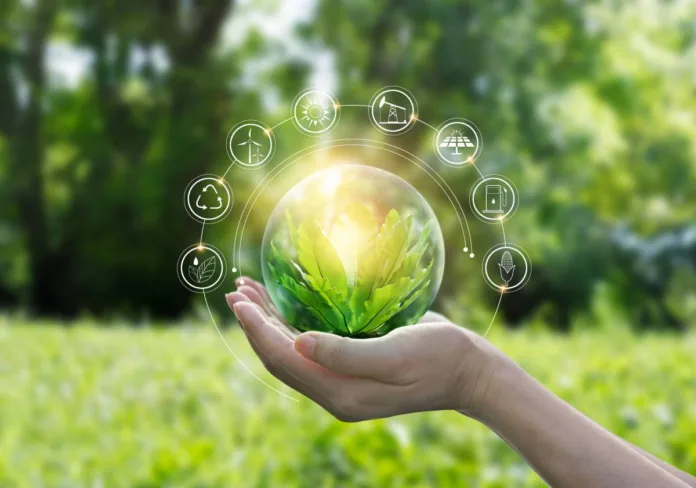
In an era where climate change and environmental degradation are at the forefront of global concerns, sustainable technology has emerged as a key driver of the green revolution in 2025. Governments, tech companies, and individuals alike are increasingly adopting environmentally conscious solutions to reduce carbon footprints and create long-term value for the planet.
From solar-powered smart devices to data centres running on renewable energy, sustainable technology is no longer a niche—it’s becoming the industry standard. In this article, we’ll explore the innovations, challenges, and future trends that define sustainable technology and its role in building a greener tomorrow.
🌍 What Is Sustainable Technology?
Sustainable technology refers to innovations that promote environmental responsibility while maintaining economic and social development. These technologies are designed to use fewer resources, produce less waste, and emit minimal greenhouse gases. They often focus on energy efficiency, recycling, circular design, and renewable energy integration.
This concept spans various sectors—from consumer electronics to large-scale infrastructure. In 2025, the importance of sustainable technology is more evident than ever as global climate targets grow stricter and public awareness increases.
⚡ Green Energy and Smart Infrastructure
One of the pillars of sustainable technology is the use of renewable energy sources. In 2025, solar, wind, and hydroelectric power have seen massive adoption across both urban and rural landscapes. Smart grids powered by AI and IoT devices now regulate energy consumption in real-time, ensuring minimal wastage.
Electric vehicles (EVs) are not just trendy—they are practical, cost-effective, and increasingly essential. Governments worldwide have accelerated their push toward zero-emission vehicles by funding EV charging infrastructure and offering incentives to eco-conscious consumers.
Smart buildings equipped with AI-based climate control, energy-efficient lighting, and green materials are also redefining urban living. These infrastructures actively monitor and reduce energy use, aligning with global carbon neutrality goals.
🔋 Sustainable Consumer Electronics
Tech giants have begun rethinking how devices are manufactured, used, and disposed of. In 2025, many companies are shifting to sustainable sourcing for raw materials, especially for batteries and chips.
Devices are now designed with repairability and recyclability in mind. Modular phones, biodegradable packaging, and low-power processors are becoming standard. Even software is contributing—intelligent power-saving modes and energy-aware coding practices are being implemented to prolong battery life and reduce energy draw.
Companies that once prioritised sleek design above all else are now investing in greener manufacturing lines, closed-loop recycling programs, and transparent sustainability reporting.
🏭 Eco-Friendly Data Centres and Cloud Computing
With the rise of cloud computing, data centres have become significant consumers of electricity. Fortunately, in 2025, we see a large shift towards sustainable technology practices within these facilities. Companies are moving away from traditional cooling systems and adopting liquid-cooling solutions, solar panels, and AI-driven resource allocation to reduce energy consumption.
Cloud providers now build data centres in colder climates to reduce the need for cooling and invest in carbon offsetting initiatives to maintain a net-zero operational footprint.